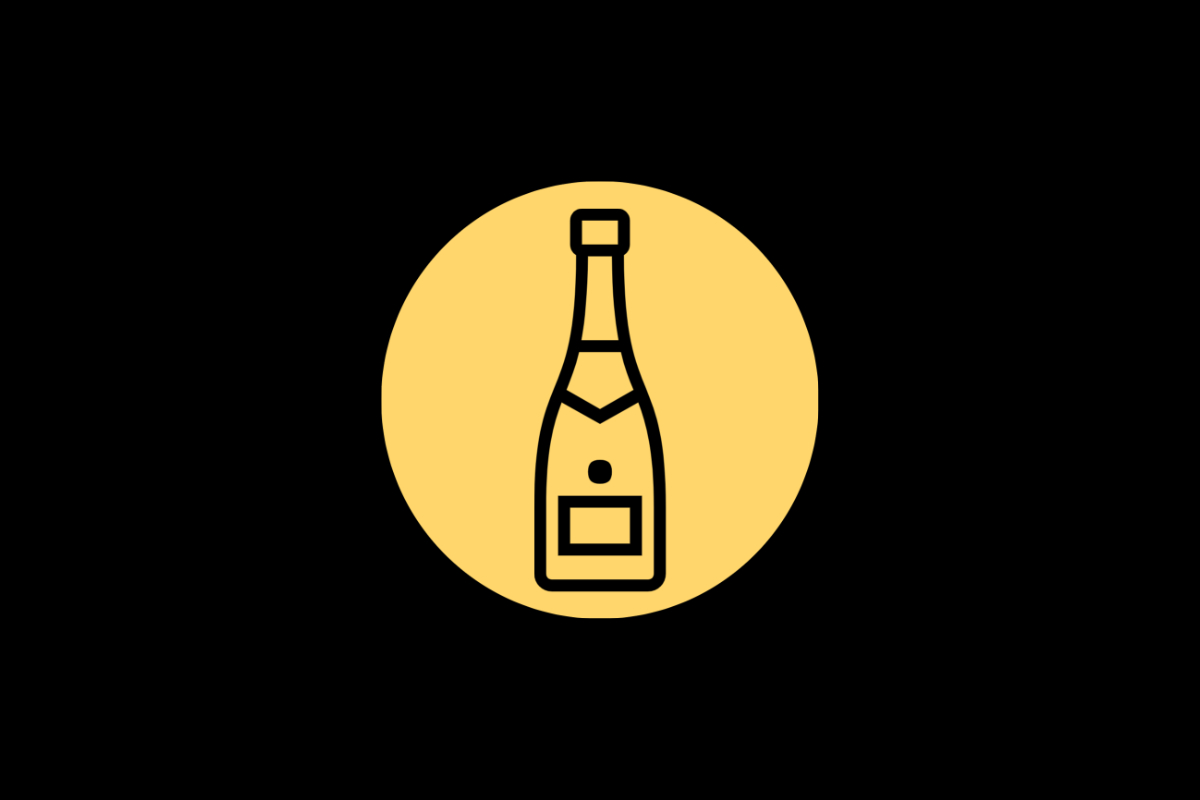Lalvin Champagne Yeast Instructions: A Comprehensive Guide to Achieving Perfect Sparkling Wine Every Time
If you are a wine enthusiast or a homebrewer, you might be familiar with the importance of yeast in the fermentation process. Yeast, as you might know, is a microorganism that converts the sugar in the grape juice or fruit mash into alcohol. Lalvin Champagne yeast is a popular strain among winemakers, especially for sparkling wine.
In this article, we will discuss Lalvin Champagne yeast instructions in detail, including its characteristics, benefits, and steps to use it for making sparkling wine.
Characteristics of Lalvin Champagne Yeast
Lalvin Champagne yeast is a strain of Saccharomyces cerevisiae, which is known for its ability to ferment at low temperatures and produce high alcohol levels. This yeast strain is preferred by winemakers for its ability to create fine and persistent bubbles, which are critical for a sparkling wine.
Lalvin Champagne yeast also has excellent resistance to ethanol and low pH, which means it can survive in the harsh conditions of the fermentation process, including the high alcohol concentration and low pH levels found in sparkling wines.
Benefits of Using Lalvin Champagne Yeast
Using Lalvin Champagne yeast for sparkling wine has several benefits, compared to other yeast strains. Some of these benefits include:
1. Consistent Results
Lalvin Champagne yeast is recommended by many winemakers because it can produce consistent results in terms of flavor profile, aroma, and bubbles. This is important for wineries that aim to create a signature taste and brand image.
2. High Alcohol Tolerance
Lalvin Champagne yeast has a high tolerance to alcohol, which means it can ferment grape juice with high sugar levels to produce sparkling wine with high alcohol content. This is important for wineries that aim to produce premium sparkling wines with complex flavors and aromas.
3. Enhanced Mouthfeel
Lalvin Champagne yeast is known for producing wines with enhanced mouthfeel, which refers to the texture and sensation of the wine in the mouth. This is because the yeast produces glycerol, a compound that contributes to the wine’s body and mouthfeel.
Steps to Using Lalvin Champagne Yeast
Now that you know the characteristics and benefits of Lalvin Champagne yeast let’s discuss the steps to use it for making sparkling wine.
Step 1: Choosing the Right Grapes
To make sparkling wine using Lalvin Champagne yeast, it is essential to select the right grapes. The best grapes for this type of wine are those with high acidity, moderate sugar levels, and a flavor profile that complement the yeast’s characteristics.
Step 2: Harvesting and Pressing
After selecting the grapes, the next step is to harvest and press them to extract the juice. It is essential to ensure that the grapes are not damaged during harvesting, as this can affect the quality of the juice. The extracted juice should be cooled to around 45°F to preserve its character and freshness.
Step 3: Adding Lalvin Champagne Yeast
The next step is to add Lalvin Champagne yeast to the cooled grape juice. The recommended amount is around 20-30 grams per gallon of juice. It is essential to rehydrate the yeast before adding it to the juice. This can be done by adding the yeast to a small amount of warm water (around 104°F) and waiting for around 15 minutes before adding it to the juice.
Step 4: Fermentation
After adding the yeast, the fermentation process should start within 24-48 hours. The fermentation temperature should be around 55-60°F for best results. It is also important to stir the juice daily to ensure that the yeast is evenly distributed and to prevent the formation of a yeasty sediment at the bottom of the container.
Step 5: Secondary Fermentation
After the primary fermentation is complete, the next step is to transfer the wine to a secondary fermentation vessel, usually a bottle or tank. At this stage, sugar and yeast are added to the wine to start the secondary fermentation process. The wine should be stored at around 45-50°F for several months until the desired level of CO2 is achieved.
Step 6: Riddling and Disgorging
Once the secondary fermentation is complete, the wine must be riddled and disgorged to remove the yeast sediment from the bottle. This can be done manually or using an automated riddling machine. After riddling, the bottles are chilled, and the yeast sediment is removed by freezing the neck of the bottle and disgorging.
Step 7: Dosage and Corking
The final step is to add a dosage, which is a mixture of wine and sugar, to the bottle and cork it. The dosage determines the sweetness level of the wine, with more sugar resulting in a sweeter wine. The corking should be done carefully to avoid any contamination or leakage, and the wine should be stored horizontally in a cool and dark place.
Conclusion
Lalvin Champagne yeast is an excellent choice for making sparkling wine due to its ability to create fine bubbles, high alcohol tolerance, and enhanced mouthfeel. By following the steps outlined in this article, you can achieve perfect sparkling wine every time using Lalvin Champagne yeast. Remember to choose the right grapes, add the correct amount of yeast, control the fermentation temperature, and carefully riddle and disgorge the wine to remove the yeast sediment. With practice and patience, you can create sparkling wine that rivals the best in the world.
